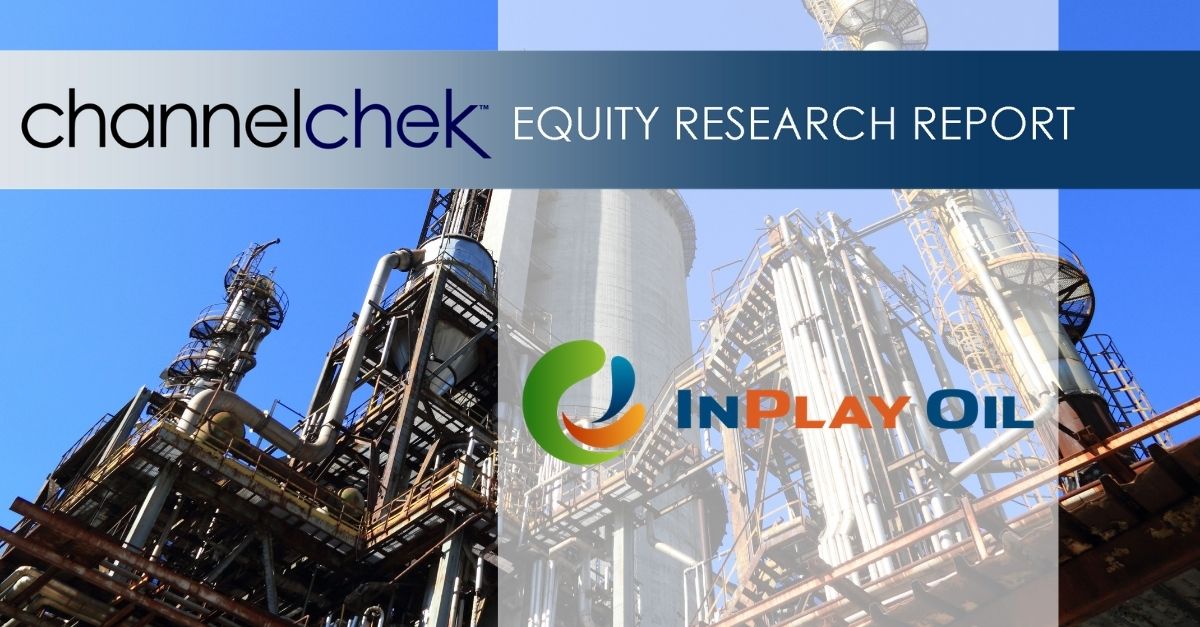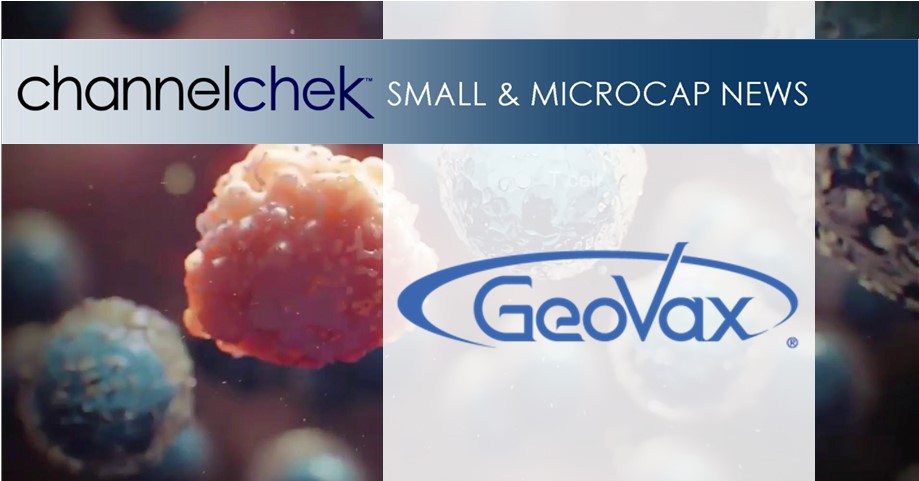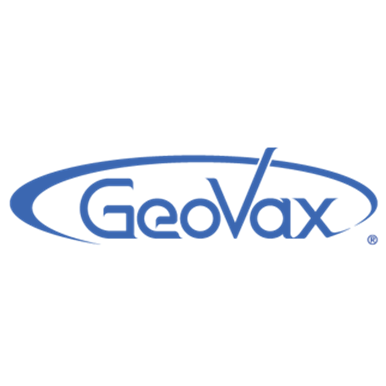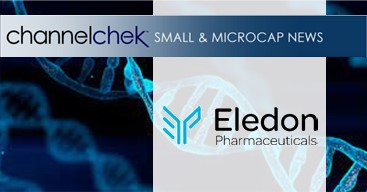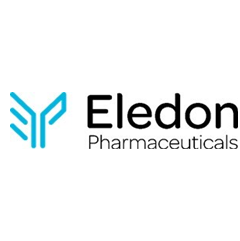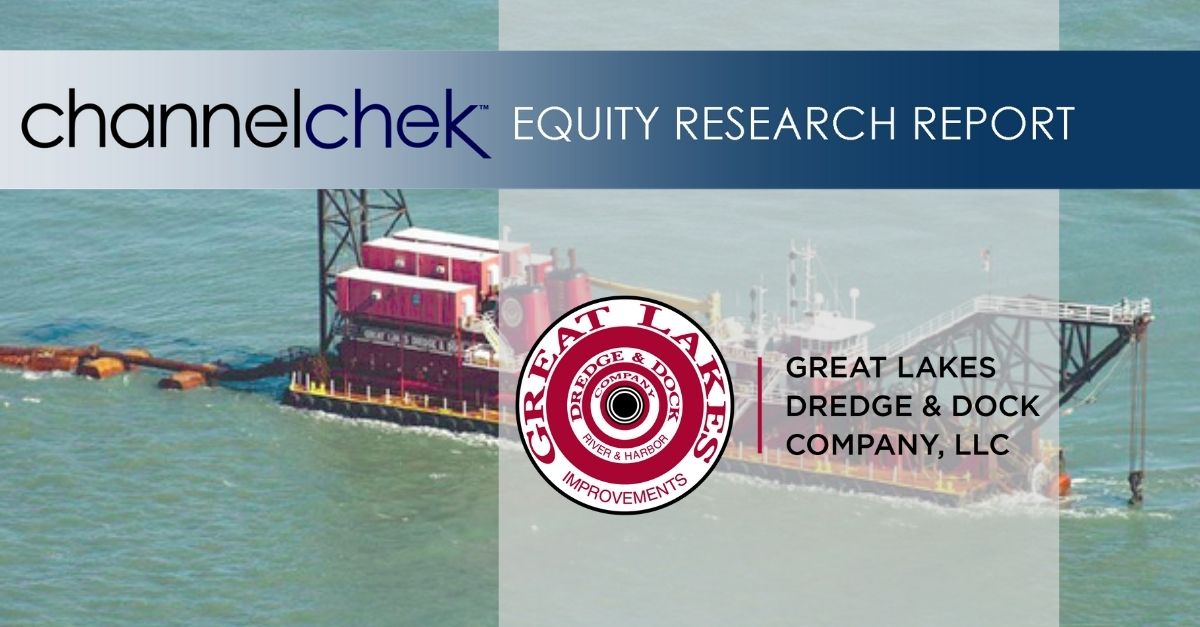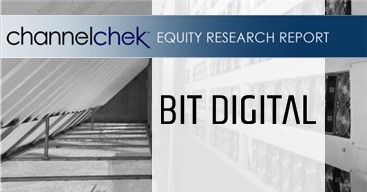
Friday, January 5, 2024
Michael Heim, CFA, Senior Research Analyst, Noble Capital Markets, Inc.
Refer to the bottom of the report for important disclosures
Energy stocks declined in the fourth quarter in response to falling energy prices. Energy stocks declined 7.2% during the 2023 fourth quarter. The movement of the XLE is similar to that of near-month oil future prices.
Oil prices declined sharply in the fourth quarter after a runup in the third quarter. West Texas Intermediate oil prices declined 21.1% in the fourth quarter to $71.65 per barrel. Domestic oil production continues to grow (up 7% year over year through October) even as the number of domestic oil rigs has decreased 20% since this time last year. Natural gas prices declined 14.2% during the quarter to $2.51 per thousand cubic feet (mcf) of gas. Weather was 13% warmer than normal in the December quarter. As a result, natural gas storage levels are at five-year seasonally high levels as they have been for the last twelve months.
Merger Activity is heating up. More than $100 billion in acquisitions were announced in the last three months as APA, Exxon Mobil and Chevron all announced transactions. The acquisitions come as major energy companies seek to expand production during a period when production growth from technological improvements seems to be slowing.
Energy Companies continue to generate high cash levels at current energy prices. Despite the drop in energy prices, operating netbacks (revenues less royalties and operating costs) remain high. With debt levels low, energy managements have raised capital budgets, increased dividends, and repurchased shares.
Valuations remain attractive. With the decline in energy company stock values, many companies are trading at enterprise values that are less than five times free cash flow. Given our belief that energy prices are entering a period of relative stability (oil prices trade in a range of $60-$10/bbl) and that stock prices have already reacted to energy price declines to the lower end of this range, we see limited downside to investing in energy stocks and large upside should energy prices rise.
Energy stocks declined in the fourth quarter in response to falling energy prices.
Energy stocks, as measured by the Energy Select Sector SPDR Fund (XLE) declined 7.2% during the 2023 fourth quarter. The decline stands in sharp contrast to an 11.2% increase in the S&P Composite index. The decline in the XLE began early with the index dropping almost 10% in the first week of the quarter before regaining its losses in the next two weeks. After peaking on October 18th, the index fell sharply over the next two months and never recovered from its losses. The movement of the XLE is similar to that of near-month oil future prices.
Oil prices declined sharply in the fourth quarter after a runup in the third quarter.
West Texas Intermediate oil prices declined 21.1% in the fourth quarter to $71.65 per barrel, offsetting a 30.0% increase in the third quarter. For the year, WTI declined 10%. The oil price spikes of 2022 that sent prices above $120 per barrel shortly after Russia invaded Ukraine seem a distant memory. Energy production disruptions and political sanctions have changed the direction of the flow of energy but not the overall global demand and supply of energy. We are keeping an eye on political developments in the Red Sea, but to date there has been little impact on oil prices. Domestic oil production continues to grow (up 7% year over year through October) even as the number of domestic oil rigs has decreased 20% since this time last year. The biggest decline has been in the Permian Basin. Almost all wells being drilled are now horizontal wells.
The decline in natural gas prices was not as sharp and was largely explained by warm weather.
Natural gas prices declined 14.2% during the quarter to $2.51 per thousand cubic feet (mcf) of gas. After sharp spikes in 2022, natural gas prices have settled into a narrow range between $2.00/mcf and $3.00/mcf. Weather was 13% warmer than normal on a population-weighted basis in the December quarter. As a result, natural gas storage levels are at five-year seasonally high levels as they have been for the last twelve months. Gas production continues to increase steadily, mainly to feed an increased demand for natural gas for power generation.
Merger Activity is heating up.
On January 4, 2024, APA Corporation, parent of Apache Corporation, agreed to acquire Callon Petroleum for approximately $4.5 billion in a stock-swap deal. The acquisition follows Exxon Mobil’s $59.5 billion agreement to buy Pioneer Natural Resources and Chevron’s $53 billion deal to buy Hess Corporation in October 2023. The acquisitions come as major energy companies seek to expand production during a period when production growth from technological improvements seems to be slowing. The acquisitions, while all three stock transactions, may also represent improved balance sheets and cash flow. As we have discussed in the past, energy companies have used recent energy price upcycles to pay down debt and repurchase shares as opposed to previous cycles when management expanded drilling efforts that eventually drove down energy prices. The result has been more muted energy price cycles that extend for longer periods of time.
Energy Companies continue to generate high cash levels at current energy prices.
Despite the drop in energy prices, operating netbacks (revenues less royalties and operating costs) remain high. With debt levels low, energy management have raised capital budgets, increased dividends, and repurchased shares. Management is always reluctant to raise dividends to levels that are unsustainable in a down cycle. As a result several energy companies have begun to institute special dividends. We expect manage to continue to invest in growth and reward shareholders even at current energy levels. Should energy prices rise, these activities should accelerate.
Valuations remain attractive.
With the decline in energy company stock values, many companies are trading at enterprise values that are less than five times free cash flow. We view this multiple as unsustainable given an increased use of cash flow to repurchase shares. This is especially true of companies with slow production decline curves such as the companies we follow in western Canada. Given our belief that energy prices are entering a period of relative stability (oil prices trade in a range of $60-$10/bbl) and that stock prices have already reacted to energy price declines to the lower end of this range, we see limited downside to investing in energy stocks and large upside should energy prices rise. We believe this is especially true for smaller cap energy stocks that have ample drilling opportunities and that could be takeover targets for larger energy companies that do not.
GENERAL DISCLAIMERS
All statements or opinions contained herein that include the words “we”, “us”, or “our” are solely the responsibility of Noble Capital Markets, Inc.(“Noble”) and do not necessarily reflect statements or opinions expressed by any person or party affiliated with the company mentioned in this report. Any opinions expressed herein are subject to change without notice. All information provided herein is based on public and non-public information believed to be accurate and reliable, but is not necessarily complete and cannot be guaranteed. No judgment is hereby expressed or should be implied as to the suitability of any security described herein for any specific investor or any specific investment portfolio. The decision to undertake any investment regarding the security mentioned herein should be made by each reader of this publication based on its own appraisal of the implications and risks of such decision.
This publication is intended for information purposes only and shall not constitute an offer to buy/sell or the solicitation of an offer to buy/sell any security mentioned in this report, nor shall there be any sale of the security herein in any state or domicile in which said offer, solicitation or sale would be unlawful prior to registration or qualification under the securities laws of any such state or domicile. This publication and all information, comments, statements or opinions contained or expressed herein are applicable only as of the date of this publication and subject to change without prior notice. Past performance is not indicative of future results. Noble accepts no liability for loss arising from the use of the material in this report, except that this exclusion of liability does not apply to the extent that such liability arises under specific statutes or regulations applicable to Noble. This report is not to be relied upon as a substitute for the exercising of independent judgement. Noble may have published, and may in the future publish, other research reports that are inconsistent with, and reach different conclusions from, the information provided in this report. Noble is under no obligation to bring to the attention of any recipient of this report, any past or future reports. Investors should only consider this report as single factor in making an investment decision.
IMPORTANT DISCLOSURES
This publication is confidential for the information of the addressee only and may not be reproduced in whole or in part, copies circulated, or discussed to another party, without the written consent of Noble Capital Markets, Inc. (“Noble”). Noble seeks to update its research as appropriate, but may be unable to do so based upon various regulatory constraints. Research reports are not published at regular intervals; publication times and dates are based upon the analyst’s judgement. Noble professionals including traders, salespeople and investment bankers may provide written or oral market commentary, or discuss trading strategies to Noble clients and the Noble proprietary trading desk that reflect opinions that are contrary to the opinions expressed in this research report.
The majority of companies that Noble follows are emerging growth companies. Securities in these companies involve a higher degree of risk and more volatility than the securities of more established companies. The securities discussed in Noble research reports may not be suitable for some investors and as such, investors must take extra care and make their own determination of the appropriateness of an investment based upon risk tolerance, investment objectives and financial status.
Company Specific Disclosures
The following disclosures relate to relationships between Noble and the company (the “Company”) covered by the Noble Research Division and referred to in this research report.
Noble is not a market maker in any of the companies mentioned in this report. Noble intends to seek compensation for investment banking services and non-investment banking services (securities and non-securities related) with any or all of the companies mentioned in this report within the next 3 months
ANALYST CREDENTIALS, PROFESSIONAL DESIGNATIONS, AND EXPERIENCE
Senior Equity Analyst focusing on Basic Materials & Mining. 20 years of experience in equity research. BA in Business Administration from Westminster College. MBA with a Finance concentration from the University of Missouri. MA in International Affairs from Washington University in St. Louis.
Named WSJ ‘Best on the Street’ Analyst and Forbes/StarMine’s “Best Brokerage Analyst.”
FINRA licenses 7, 24, 63, 87
WARNING
This report is intended to provide general securities advice, and does not purport to make any recommendation that any securities transaction is appropriate for any recipient particular investment objectives, financial situation or particular needs. Prior to making any investment decision, recipients should assess, or seek advice from their advisors, on whether any relevant part of this report is appropriate to their individual circumstances. If a recipient was referred to Noble Capital Markets, Inc. by an investment advisor, that advisor may receive a benefit in respect of
transactions effected on the recipients behalf, details of which will be available on request in regard to a transaction that involves a personalized securities recommendation. Additional risks associated with the security mentioned in this report that might impede achievement of the target can be found in its initial report issued by Noble Capital Markets, Inc.. This report may not be reproduced, distributed or published for any purpose unless authorized by Noble Capital Markets, Inc..
RESEARCH ANALYST CERTIFICATION
Independence Of View
All views expressed in this report accurately reflect my personal views about the subject securities or issuers.
Receipt of Compensation
No part of my compensation was, is, or will be directly or indirectly related to any specific recommendations or views expressed in the public
appearance and/or research report.
Ownership and Material Conflicts of Interest
Neither I nor anybody in my household has a financial interest in the securities of the subject company or any other company mentioned in this report.

